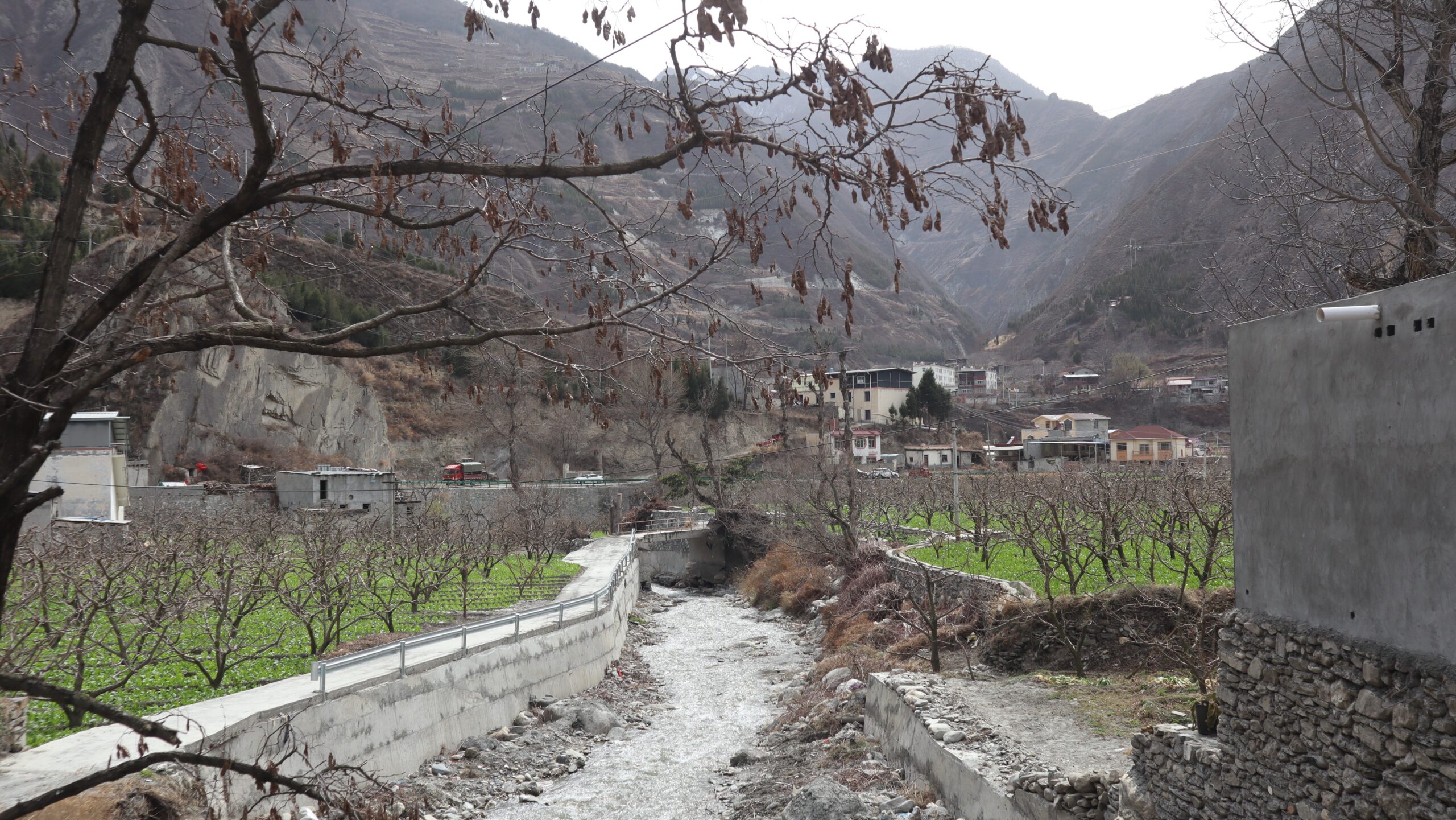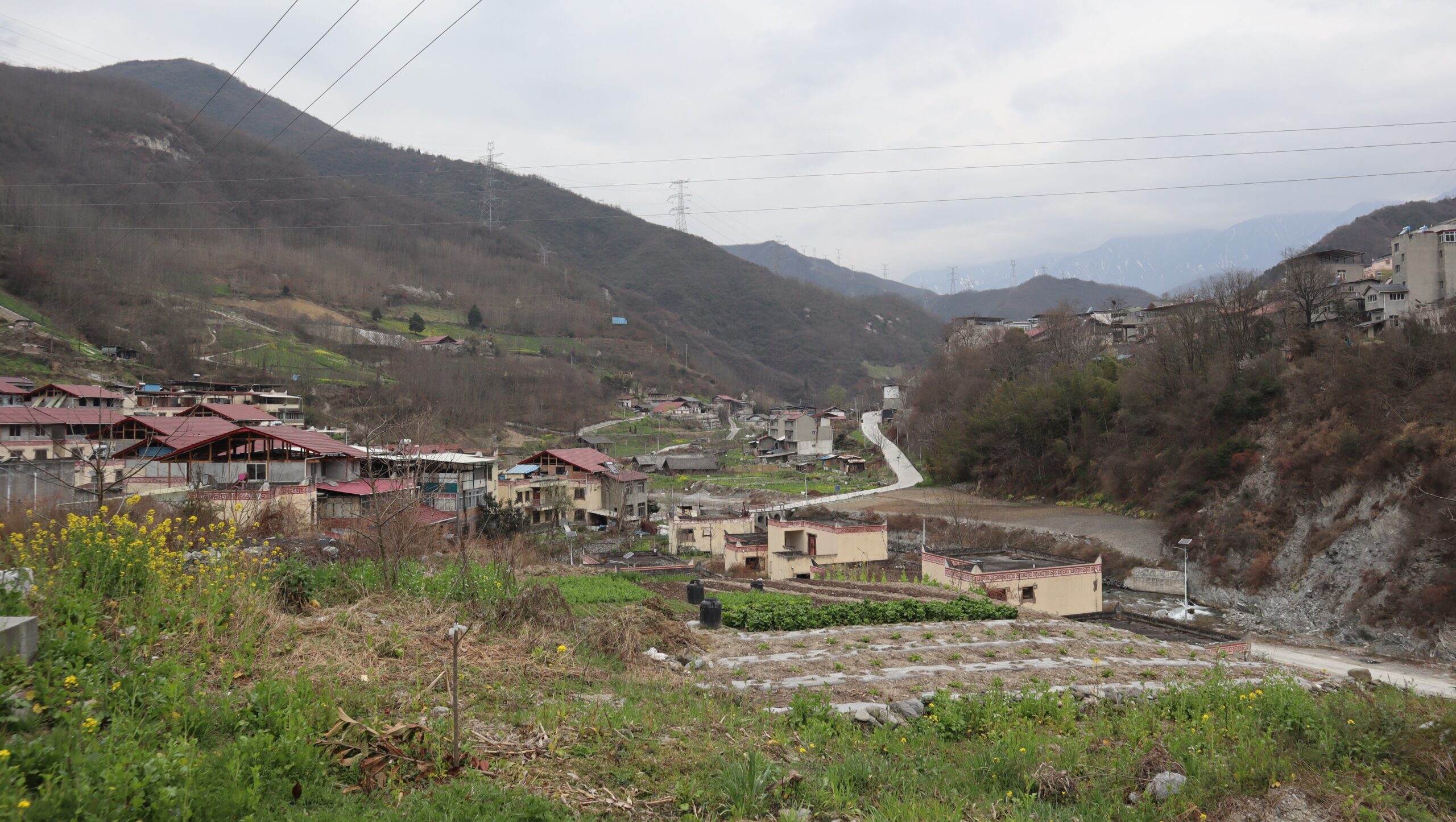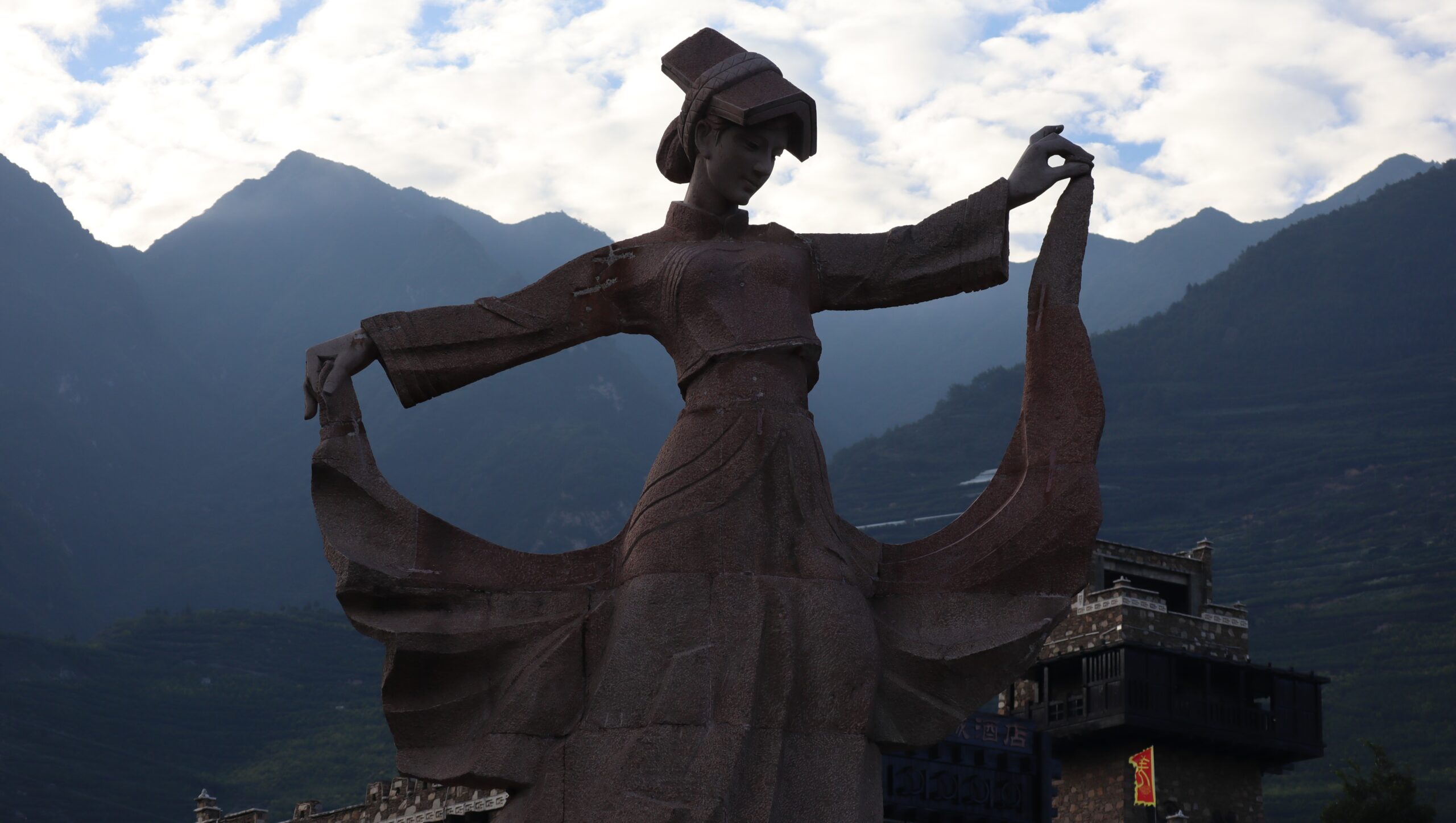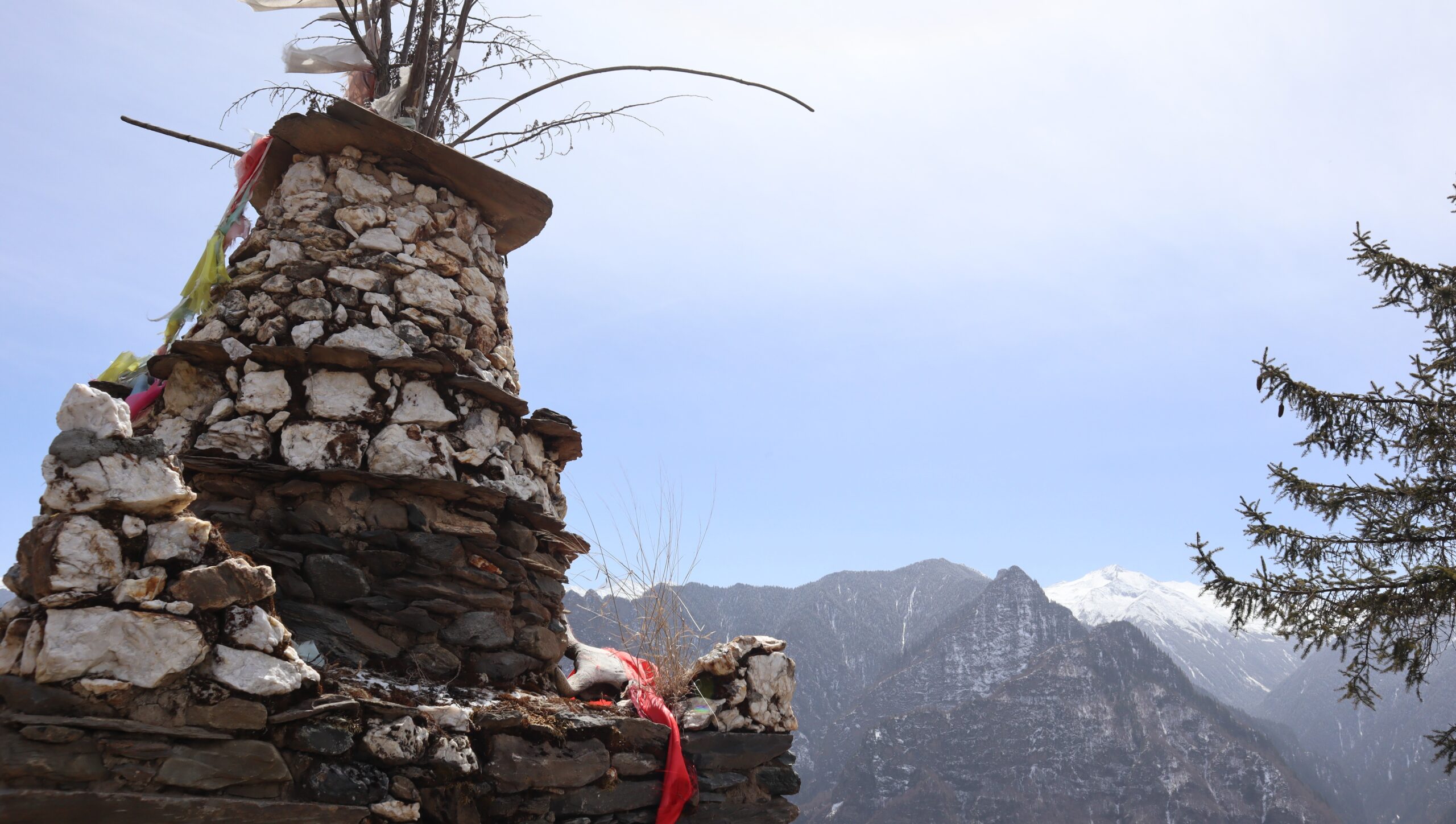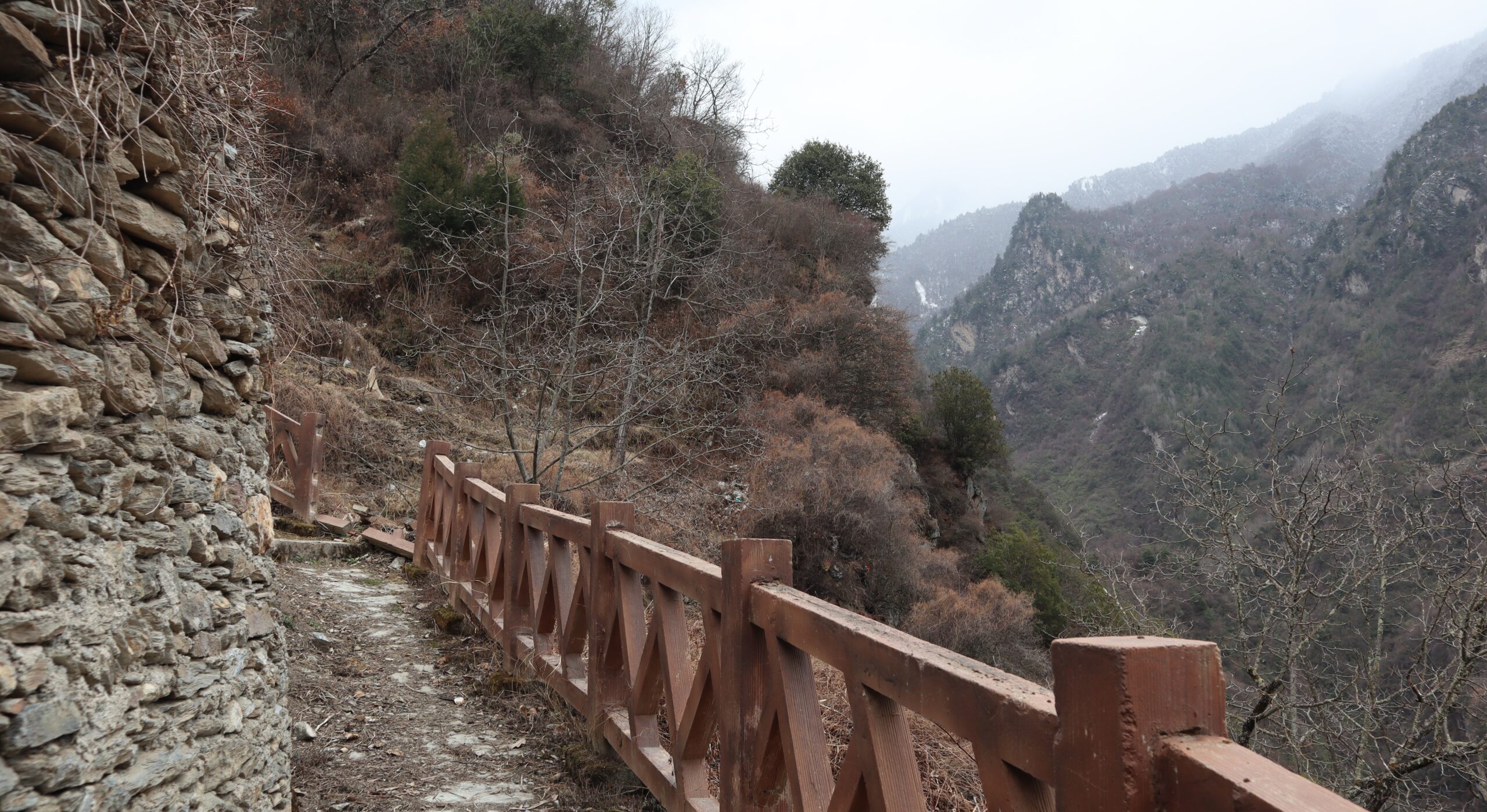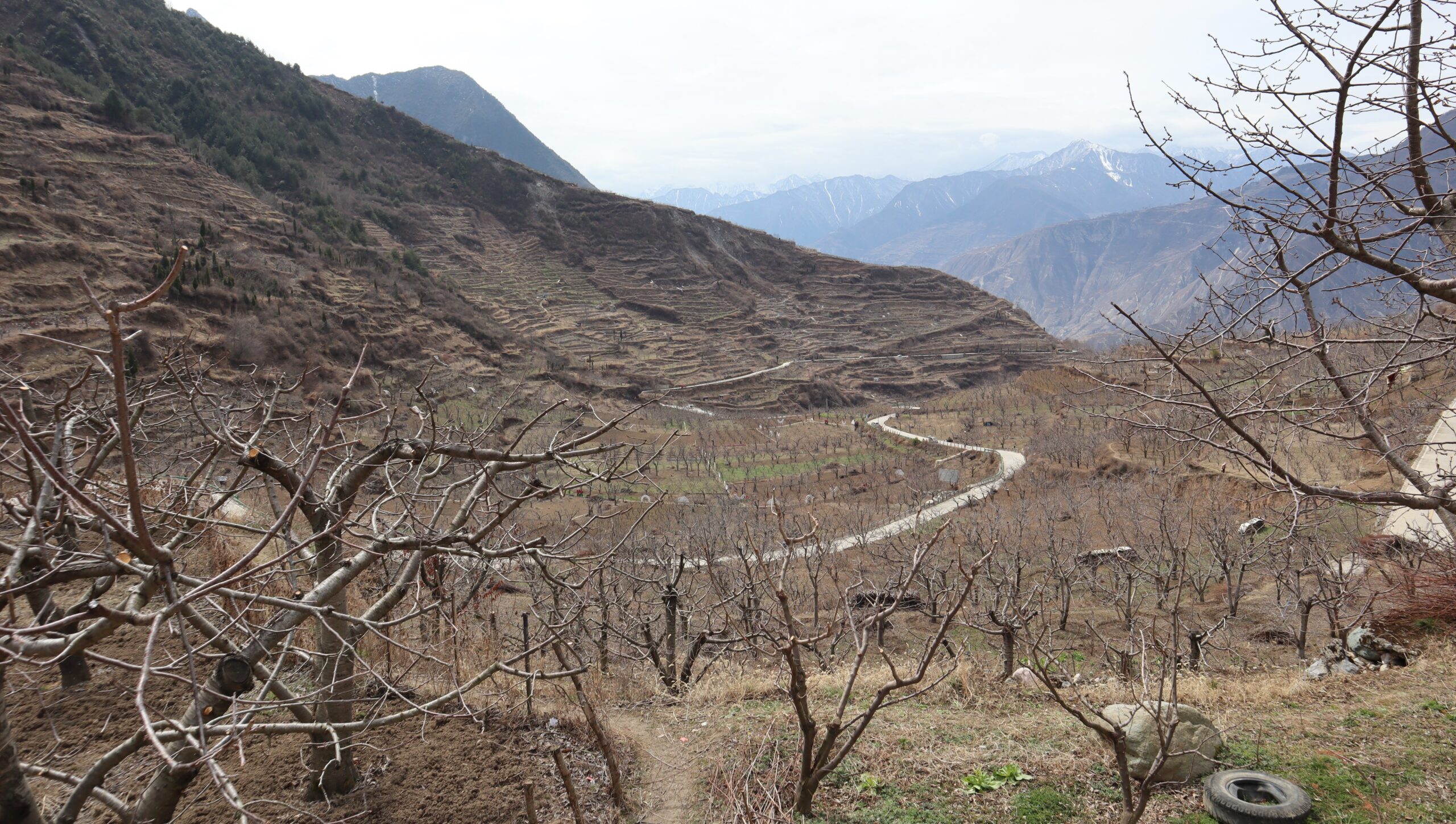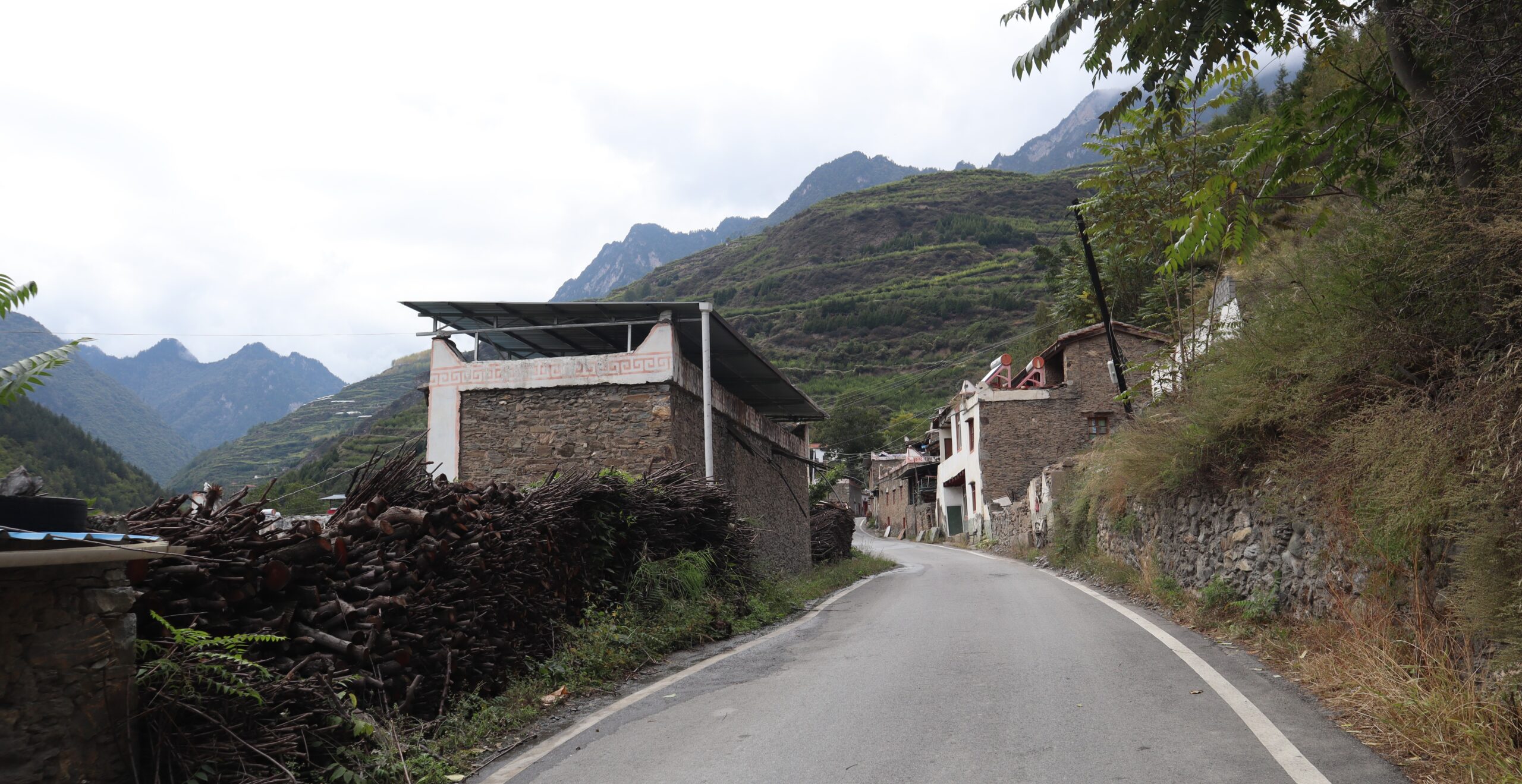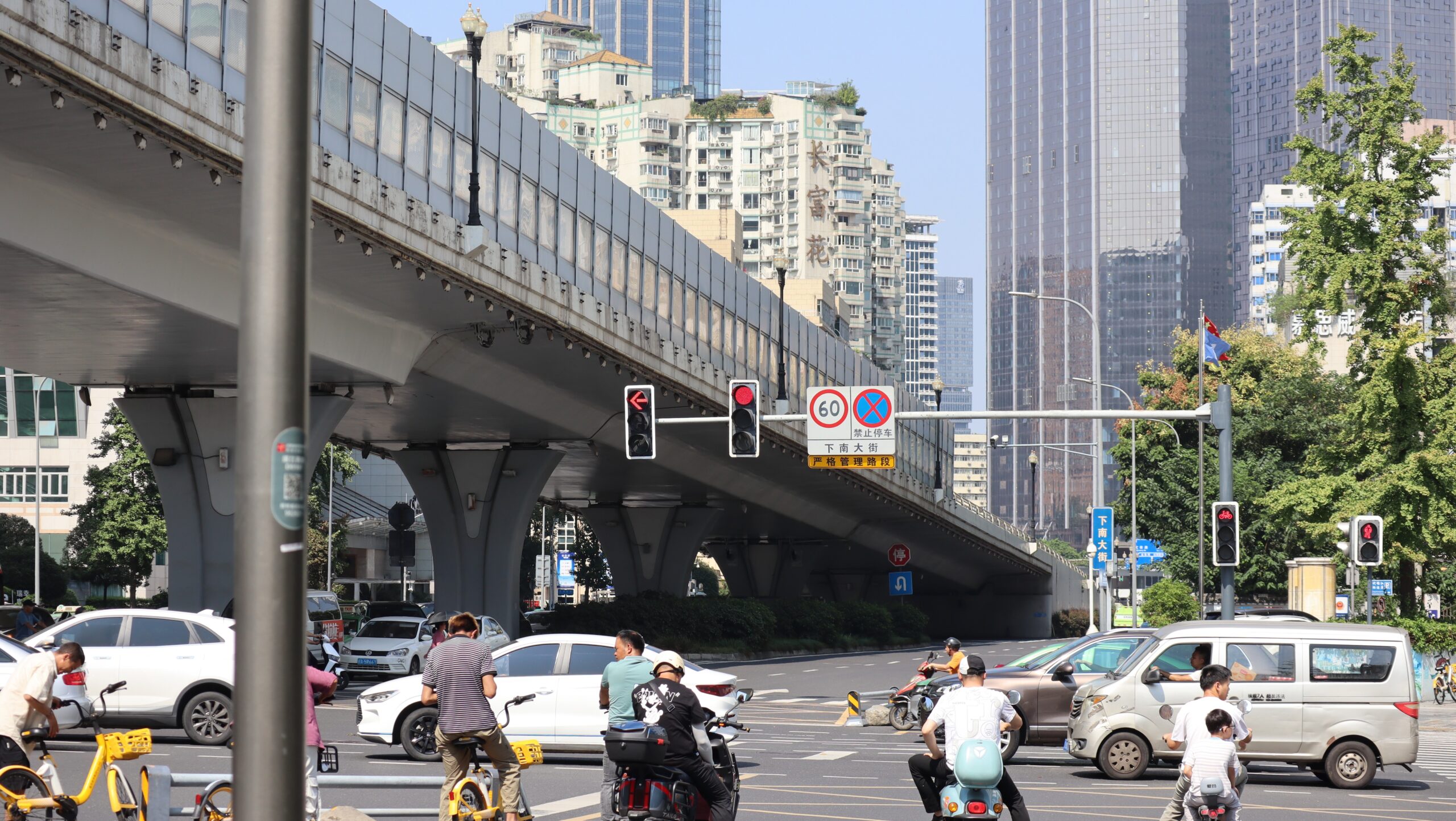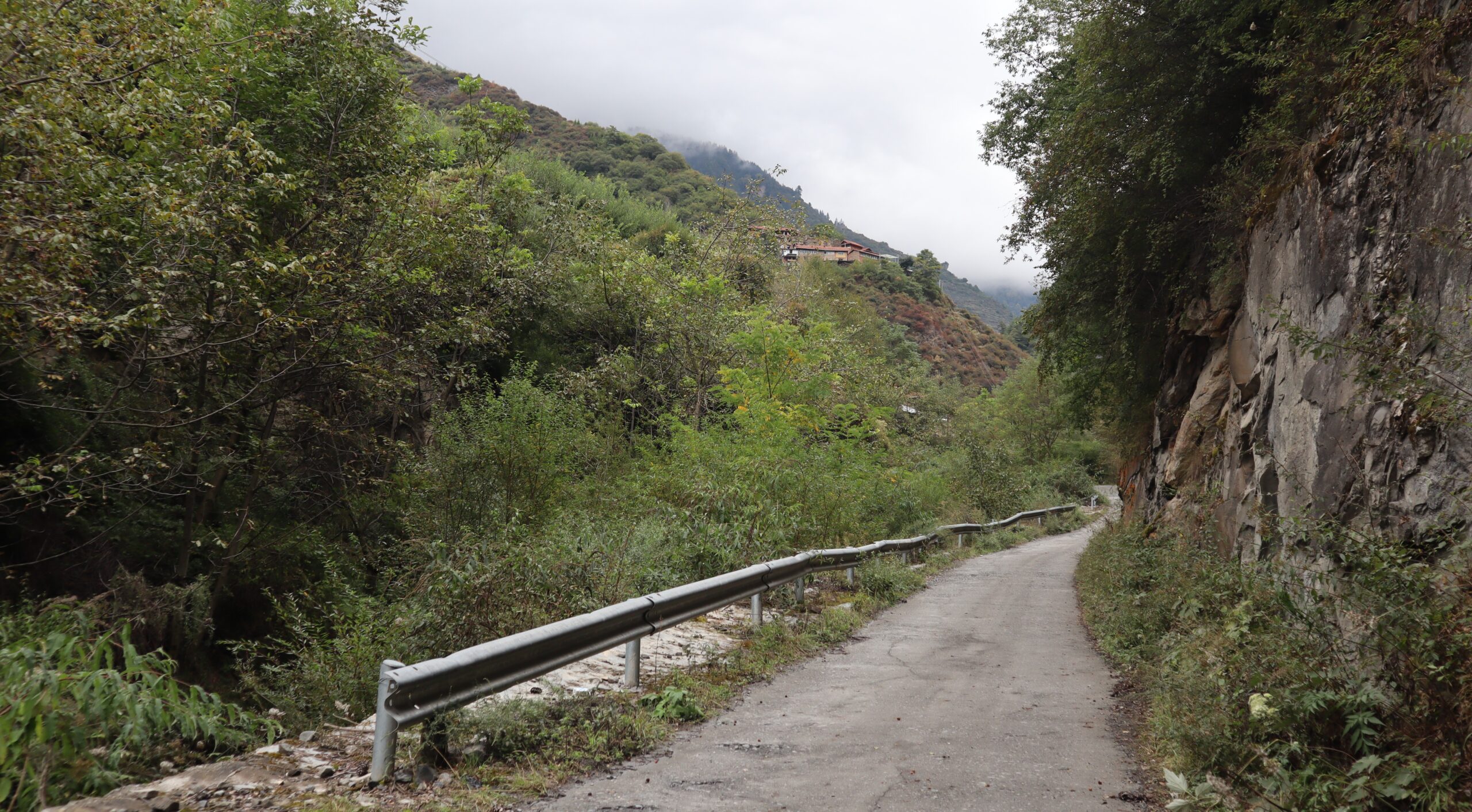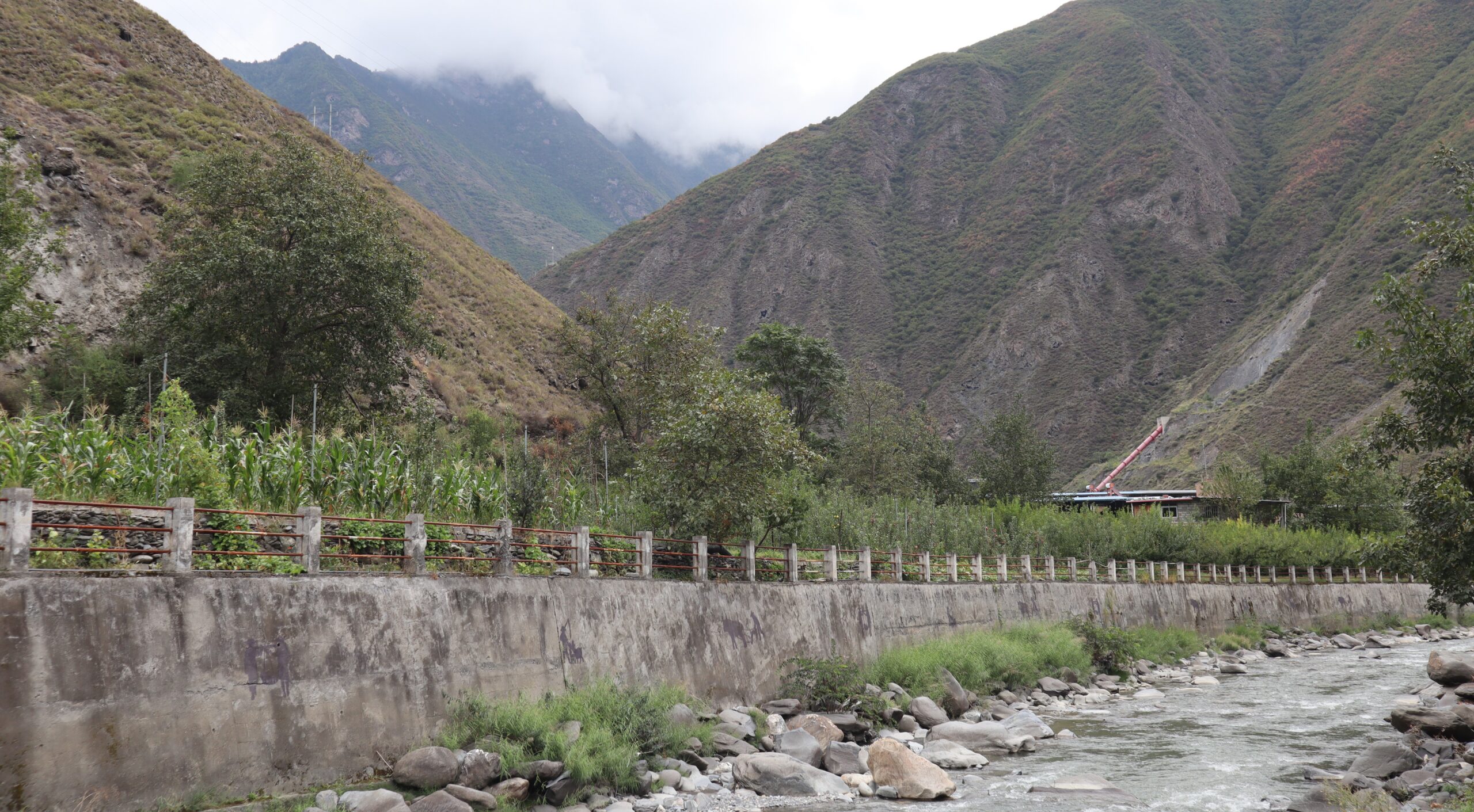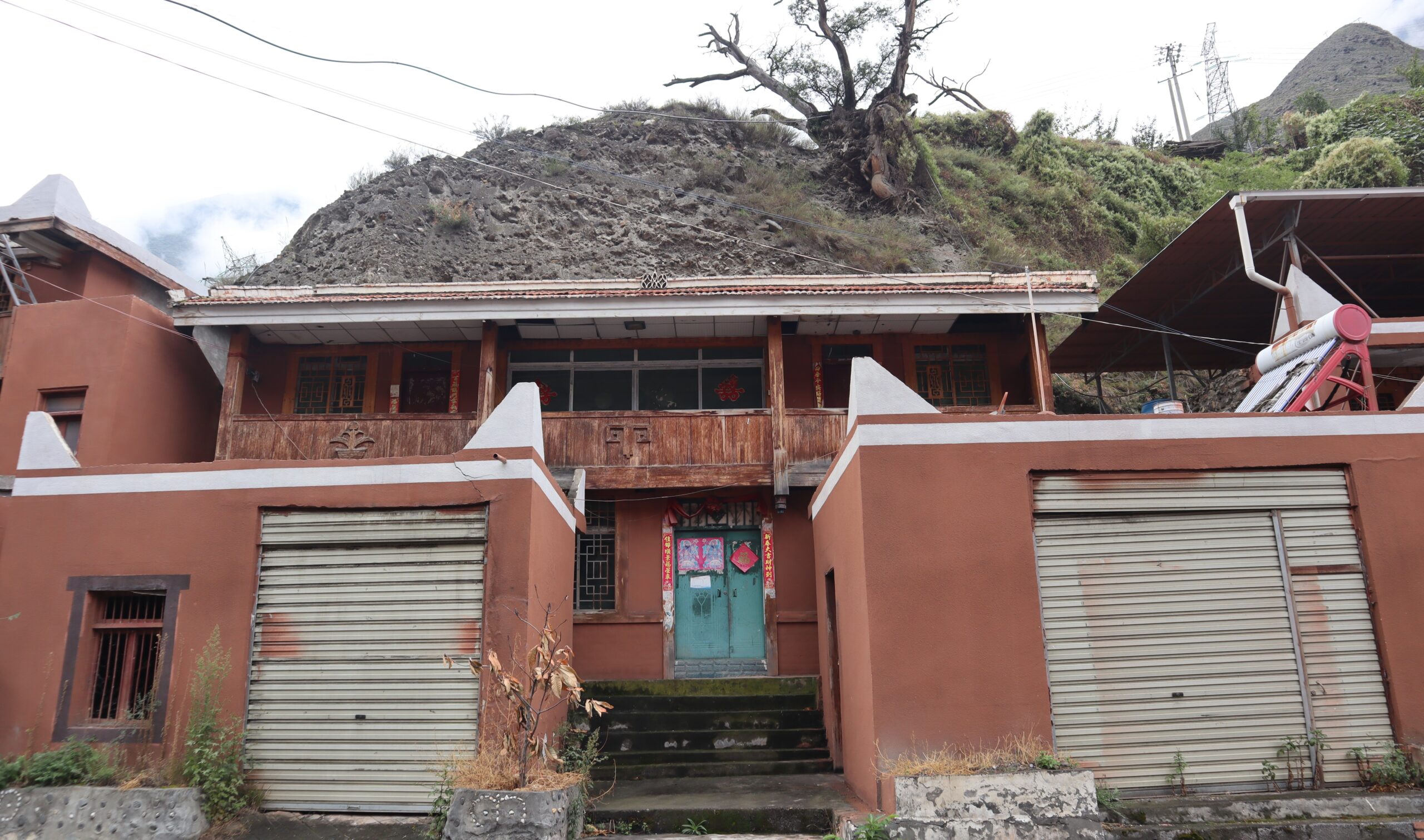Category: Blog
Your blog category
-
Weimen: Adapting Patterns along the Min River
While returning from another trip to a mountain village, we stopped by a place to eat on the side of the road. We are in Weimen (渭门), one of the more central towns of Maoxian (茂县). The man behind the wheel, the same guy who…
by
-
Fog, Bridges, and Channels across Chongqing
A few remarks after a few April days in Chongqing. The terrain is no joke. The geography is astounding. The visibility is routinely terrible. It is hard to make sense of its confounding layers and segments. Too many paths going other ways- I never end…
by
-
Fushun: Full, Intimate Countryside in East Maoxian
“It is not an easy place to make a living. Even the most successful farms — the ones with two-story houses, large pig huts, big cement threshing platforms, and a dozen corn plots carved into the hillside — even these farms speak of the difficulty…
by
-
The Other Side of Town: Fengyi’s Emerging Cultural Mosaic
There is a fast-emerging quarter of Fengyi that is on its way to becoming the designated cultural face of the Qiang ethnic group. Yes, I am once again writing about Fengyi. This sector, which spans from the western bank of the Min river across the…
by
-
Weicheng, Part 2: Grand Pastures & Dramatic Ruins at high altitude
Weicheng Part 1 I am getting out of breath, as the walking has become straining at this attitude, while the inspiring surroundings keep me from pausing. There is simply too much to see here in Weicheng (维城), a village tucked deeply away in the western…
by
-
A Neighborhood in North Fengyi
Finding a new area unexpectedly is always a great reward. Particularly when under the impression that nothing is there. By wandering further past the north-end of Maoxian (茂县) / Fengyi (凤仪) riverside path — itself an easy amenity to access — one will land in…
by
-
Weicheng, Part 1: a Shrinking, Magnificent Village deep in the west where mountains collide
About five months prior, I had the chance to visit Chibusu for the first time. It is a special town, with greater borders encompassing the western “limb” of Maoxian (茂县). But I had mis-characterized what Chibusu (赤不苏) is, and what lies further, within (and at…
by
-
Perched Above, on a sun-bleached Mountain in Goukou
It is a longer than expected ascent via an earthy, unprotected, zigzag road to the top of the mountain. I’m happily (nervously) in the backseat. Our driver — a real pro and a local — handles the road almost flawlessly. The slope, the gravel surface,…
by
-
Heihu: One Year Later, A Close Look
I always imagined returning to Heihu (黑虎) again. The location is rightly memorable in terms of geography, and as a local cultural showcase. Out of numerous stunning locations in Maoxian (茂县), it was a noteworthy experience for me when I first visited — there are…
by
-
Luobozhai Village: Wenchuan countryside, Qiang mountains
If one passes through the center of Wenchuan County (汶川县) today, most likely they will observe an assortment of modern infrastructure and investment. It’s material, obvious, and determined to be inviting. While not particularly expansive, it is rather developed, and there are enticing glimpses of…
by
-
Sanlong Village: Another Gem in the mountains
At the edge of this elevated village is the very beginning of a bending, makeshift path. At times just barely carved onto the face of the mountain, it is empty, rather unexplained, and highly alluring. Just the ground, dirt, rock; no signs, no fences, no…
by
-
A Pictoral of Chengdu: Capital of Sichuan
I adore city life, despite most of my writing being focused on the countryside and the mountains. It provides a thrilling, intimate examination of people and movement. I spent six years living in New York City, and while I hope to add more to it…
by
-
In Shaba: A long mountain road and A bridge under THE highway
Central Maoxian: near where the Min and Heishui rivers meet, is the town called Shaba (沙坝). The visitor’s map shows little more than a location pin with the name of the town. I had heard no rumors and received no previews beforehand. Just a name.…
by
-
Chibusu: Western Maoxian’s Town of Springs
Chibusu (赤不苏) is about as far west as inhabited Maoxian goes. According to the visitor’s map, the western “limb” of Maoxian -think of it as loosely cross-shaped- is relatively large, but there is really only one town. Outside of Chibusu, which is a rather noteworthy…
by
-
A pass through Wadi
Wadi (洼底) is another town that, at least according to a map and my short visit, is something of a midpoint destination. My guess would be most people taking this road are on the way to Chibusu (赤不苏), which is what I did, or passing…
by

